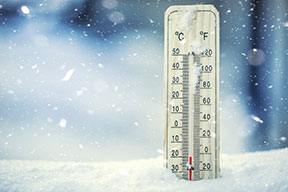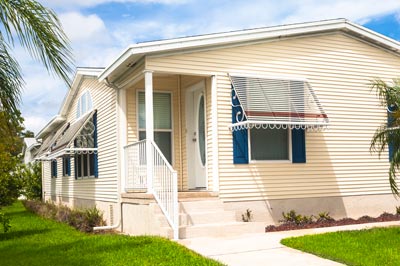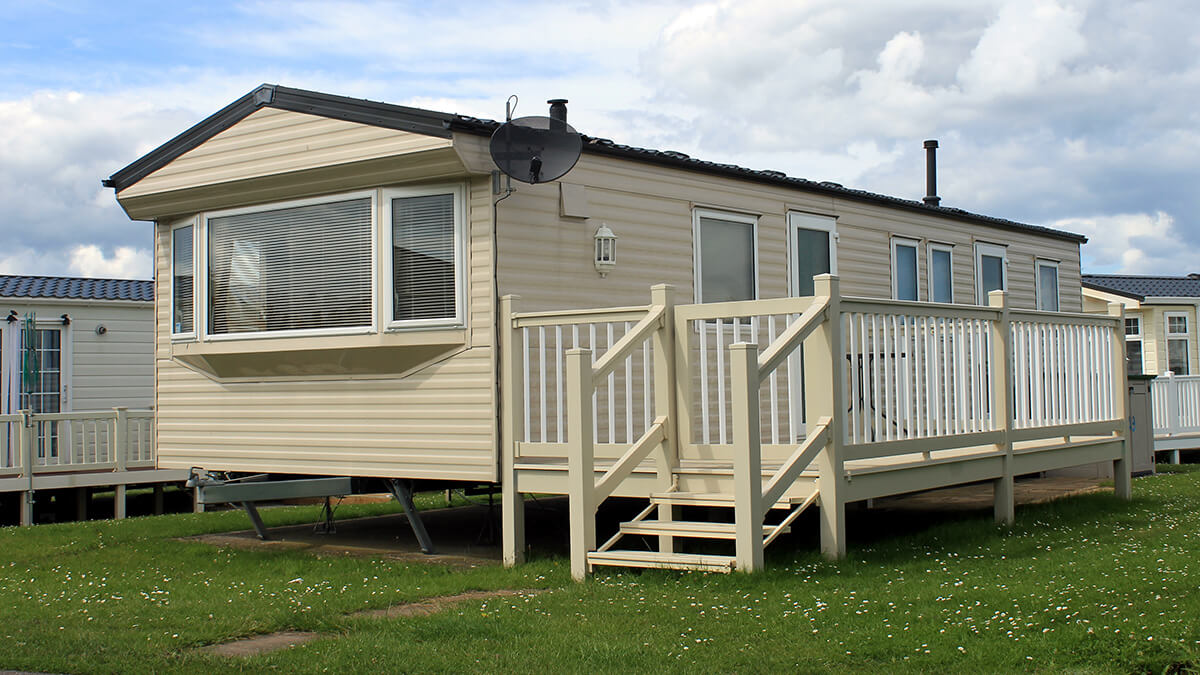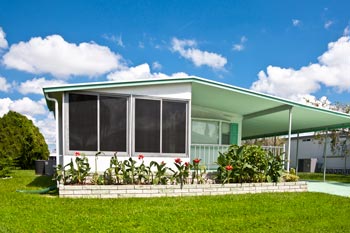Preparing for winter storms and blizzards

Blizzards are the most dangerous of winter storms. They produce high winds and heavy snow throughout much of the United States from December to March.
They are most common in the northern Great Plains states - South Dakota is sometimes called “the Blizzard State” - but they also occur as far south as Texas and as far east as Maine.
Many blizzard-related deaths involve people who die of hypothermia in their cars, on the street or in wilderness areas. Sadly, most of these deaths could have been avoided with proper preparation. Blizzards also cause countless cases of frostbite, as well as damage to unsupported structures and homes.
Winter Storm Watches and Warnings
If you live in a snow-prone area, pay close attention to weather forecasts and listen for watches and warnings like these:
Winter Storm Watch:
Severe winter conditions, such as heavy snow or ice, are possible within the next day or two. Prepare now!Winter Storm Warning:
Severe winter conditions have begun or are about to begin in your area. Seek shelter!Blizzard Warning:
Snow and strong winds will combine to produce a blinding snow (near zero visibility), deep drifts, and life-threatening wind chill. Seek refuge immediately!Winter Weather Advisory:
Winter weather conditions are expected and may be hazardous, especially for motorists.Frost/Freeze Warning:
Below freezing temperatures are expected and may cause significant damage to plants, crops, or fruit trees. In areas unaccustomed to freezing temperatures, people who have homes without heat need to take added precautions.
You can check the current weather forecast for your area.
Plan Ahead for Winter Storms
Play it safe by preparing ahead for winter storms and blizzards. Remember, these storms can cause loss of electricity, heat, and telephone service and can trap you in your home for a few days. It's important to have ample supplies on hand in your home:
- Flashlight and extra batteries.
- Battery-powered NOAA weather radio and portable radio to receive emergency information. These may be your only links to the outside.
- Extra food and bottled water. High energy food, such as dried fruit or candy, and canned food requiring no cooking or refrigeration is best.
- Manual can opener.
- Extra medicine and baby items.
- First-aid supplies.
- Heating fuel. Fuel carriers may not reach you for days after a severe winter storm.
- Back-up heating source, such as a fireplace, wood stove, space heater, etc.
- Fire extinguisher and smoke detector.
Be sure to carry a survival kit in your car that contains:
- Cell phone
- Blankets/sleeping bags
- Flashlight with extra batteries
- Knife
- High calorie, non-perishable food
- A can and waterproof matches to melt snow for drinking water
- Sand or cat litter
- Shovel
- Windshield scraper
- Tool kit
- Tow rope
- Jumper cables
- Water container
- Compass
- Road maps
- Extra winter clothes and boots
Also, keep your vehicle's gas tank full in case you get stranded and to keep the fuel line from freezing.
How to Dress for Winter Weather:
- Wear several layers of loose-fitting, lightweight, warm clothing rather than one layer of heavy clothing.
- Remove a layer or two if necessary to avoid overheating, perspiration, and subsequent chill.
- Make sure outer garments are tightly woven and water-repellent.
- Wear mittens - they are warmer than gloves.
- Wear a hat.
- Cover your mouth with a scarf to protect your lungs from extremely cold air.
- Wear sturdy, waterproof boots in snow or flooding conditions.
If You're Away From Home When the Storm Hits:
If you're outside:
- Find a shelter out of the wind. Try to stay dry and cover all exposed parts of your body.
- If you can't find shelter, prepare a lean-to, windbreak or snow cave for protection from the wind. Build a fire for heat and to attract attention. Place rocks around the fire to absorb and reflect heat.
- Don't eat snow - it will lower your body temperature. Melt the snow first.
If you're in a car or truck:
- Pull off the road and turn on your hazard lights.
- Stay inside your vehicle. It's easy to become disoriented in the wind and snow. Do not set out on foot unless you see a building close by where you know you can take shelter.
- Run the motor about ten minutes each hour for heat.
- Open the window a crack to avoid carbon monoxide poisoning.
- Make sure the exhaust pipe is not blocked by snow.
- Exercise frequently to keep blood circulating and to keep warm, but don't overexert.
- Huddle with other passengers and use your coat as a blanket.
- In extreme cold, use road maps, seat covers, floor mats, newspapers or extra clothing for covering-anything to provide additional insulation and warmth.
Make yourself visible to rescuers:
- Turn on your dome light at night, but only when running the engine. You don't want to wear down your battery.
- Tie a distress flag (preferably red) to your antenna or window.
- Raise the hood to indicate trouble after snow stops falling.
Once the blizzard is over, you may need to leave your vehicle and proceed on foot. Follow the road if possible. If you need to walk across open country, use distant points as landmarks to help maintain your sense of direction.
If you're in your home or a building:
- Stay inside.
- If you must travel, do so during daylight. Don't travel alone. Stay on main roads, and tell others about your route and schedule.
- Conserve fuel, if necessary, by keeping your house cooler than normal. Temporarily shut off heat to less-used rooms.
- When using alternative heat from a fireplace, wood stove, or space heater, use fire safeguards and properly ventilate.
- If using kerosene heaters, maintain ventilation to avoid buildup of toxic fumes. Keep heaters at least three feet from flammable objects. Refuel kerosene heaters outside.
If there's no heat:
- Close off unneeded rooms.
- Stuff towels or rags in cracks under doors.
- Cover windows at night.
- Stay nourished:
- Eat food to provide your body with energy so it can produce its own heat.
- Keep your body replenished with fluids to prevent dehydration.
After the Blizzard has Passed:
- Look for any damage that may have occurred to your home and make sure water pipes are functioning. Check out the freezing pipes information on this site for help. If there are no other problems, wait for streets and roads to be plowed before you drive anywhere.
- Check on neighbors to see if they need help.
- Pace yourself and rest frequently when shoveling snow - don't overexert. Shoveling causes many heart attacks, especially in very cold temperatures.
With a little planning and know-how, you can make this winter a safe and warm one for you and your family.


